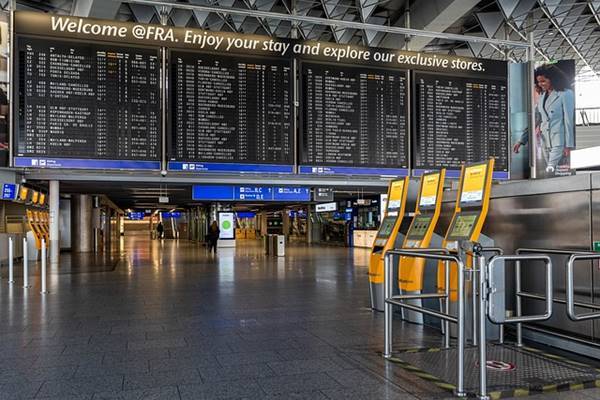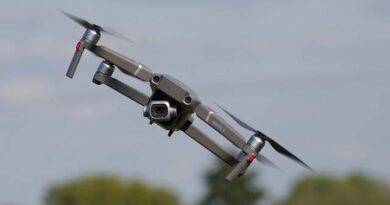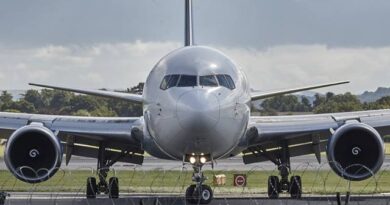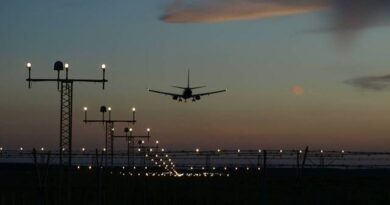Management Information Systems (MIS) and Aviation
Management Information Systems (MIS) refers to the use of information technology and computer systems to manage and organize data and information within an organization. The main goal of MIS is to support decision-making, improve efficiency and effectiveness, and enhance communication and collaboration within an organization.
Imagine the intricate dance of airplanes across the globe, orchestrated by a symphony of data and technology. That’s the captivating world where Management Information Systems (MIS) and Aviation intertwine. MIS acts as the flight control system, collecting and analyzing operational data, passenger trends, and market dynamics. Armed with these insights, airlines optimize pricing, streamline logistics, and ensure smooth passenger journeys. Students delving into this academic nexus learn to leverage sophisticated software, navigate aviation regulations, and translate data into actionable strategies. They don’t just study spreadsheets; they delve into the heart of a dynamic industry, learning to anticipate turbulence and guide airlines towards clear skies. Whether it’s crafting fuel-efficient flight paths or predicting maintenance needs, MIS and Aviation students become architects of efficiency, safety, and profitability in the ever-evolving skies above. So, if you have a passion for both data and the thrill of flight, this academic runway awaits your takeoff!

Some MIS examples in aviation
- Inventory Management: Airlines use MIS to manage their inventory of spare parts and supplies, including tracking the availability of parts and supplies, monitoring the delivery of orders, and managing the storage of inventory.
- Customer Relationship Management (CRM): Airlines use MIS to manage customer relationships, including tracking customer interactions and providing personalized services to customers. The system helps airlines to better understand customer preferences and to provide better customer service.
- Flight Performance Monitoring: Airlines use MIS to monitor flight performance, including tracking flight departures and arrivals, monitoring fuel consumption, and analyzing flight data to identify trends and improve flight operations.
- Fare Management: Airlines use MIS to manage their fare structures, including setting prices for flights, managing promotions, and tracking sales and revenue. The system helps airlines to better understand the demand for their flights and to optimize pricing strategies.
- Crew Rostering: Airlines use MIS to manage crew rostering, including scheduling crew members for flights, tracking flight hours and rest periods, and ensuring compliance with regulatory requirements.
- Flight Dispatch: Airlines use MIS to manage flight dispatch, including tracking flight progress, monitoring weather conditions, and making changes to flight plans as needed. The system helps airlines to ensure the safe and efficient operation of their flights.
- Maintenance Tracking: Airlines use MIS to track maintenance activities, including monitoring the status of maintenance tasks, tracking the maintenance history of aircraft, and ensuring compliance with regulatory requirements.
The Future: An MIS-Powered Horizon
As aviation embraces advancements like Artificial Intelligence (AI) and Big Data, MIS will become even more indispensable. Imagine:
- AI-powered predictive maintenance: Systems automatically identify potential issues, preventing breakdowns and maximizing aircraft availability.
- Real-time weather route optimization: Dynamic rerouting based on weather patterns minimizes delays and optimizes fuel efficiency.
- Hyper-personalized customer experiences: Passengers receive tailored offers, amenities, and in-flight entertainment based on their preferences and travel history.
By leveraging a robust MIS, aviation companies can navigate the competitive landscape with agility, ensuring operational excellence, passenger satisfaction, and a safe journey for all. MIS is the invisible force propelling the aviation industry towards a future filled with data-driven success.
References:
- Lucas, H. C. (2014). Information Technology for Management. John Wiley & Sons.
- Turban, E., Leidner, D., McLean, E., & Wetherbe, J. (2015). Information Technology for Management: Digital Strategies for Insight, Action, and Sustainable Performance. John Wiley & Sons.
- Williams, C. K., & Sawyer, S. (2017). Using Management Information Systems to Improve Customer Service in the Airline Industry. Journal of Airline and Airport Management, 7(2), 76-89.


